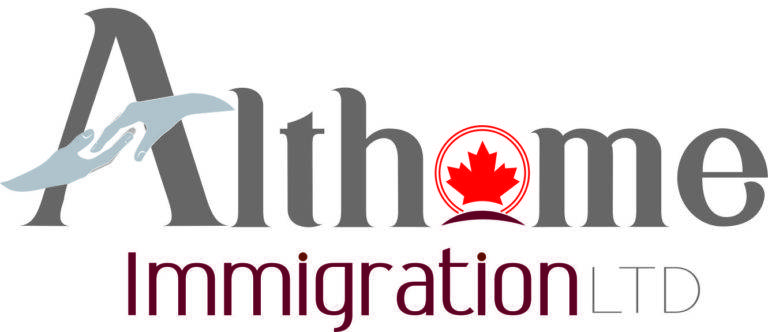Canadian and U.S. authorities restrict flagpoling.
What does flagpoling mean?
Flagpoling involves temporary residents (such as those on work/study permits, visitor visas, or eTAs) obtaining in-person immigration services at a port of entry (POE) by exiting and re-entering Canada within 24 hours.
This legal method has become popular for its effectiveness in circumventing the extended processing times often associated with online or paper applications to Immigration, Refugees, and Citizenship Canada (IRCC).
While flagpoling is a legitimate process, the Canadian Border Services Agency (CBSA) cautions that wait times can be lengthy. They recommend that newcomers use the online services provided by Immigration, Refugees and Citizenship Canada (IRCC) whenever possible to avoid delays.
What has led to the recent tightening of regulations on flagpoling?
Statements from Canadian and U.S. officials suggest that the recent changes to flagpoling procedures are primarily a response to the surge in traffic at the Canada-U.S. border, which has put additional strain on border officers.
In a statement to the Canadian Broadcasting Corporation (CBC), the Canadian Border Services Agency (CBSA) explained that adjustments to the locations and hours for flagpoling services were implemented to enhance efficiency during peak travel times. These changes aim to enable officers to better manage other critical duties, such as facilitating trade, handling high-risk travelers, and processing asylum seekers.
